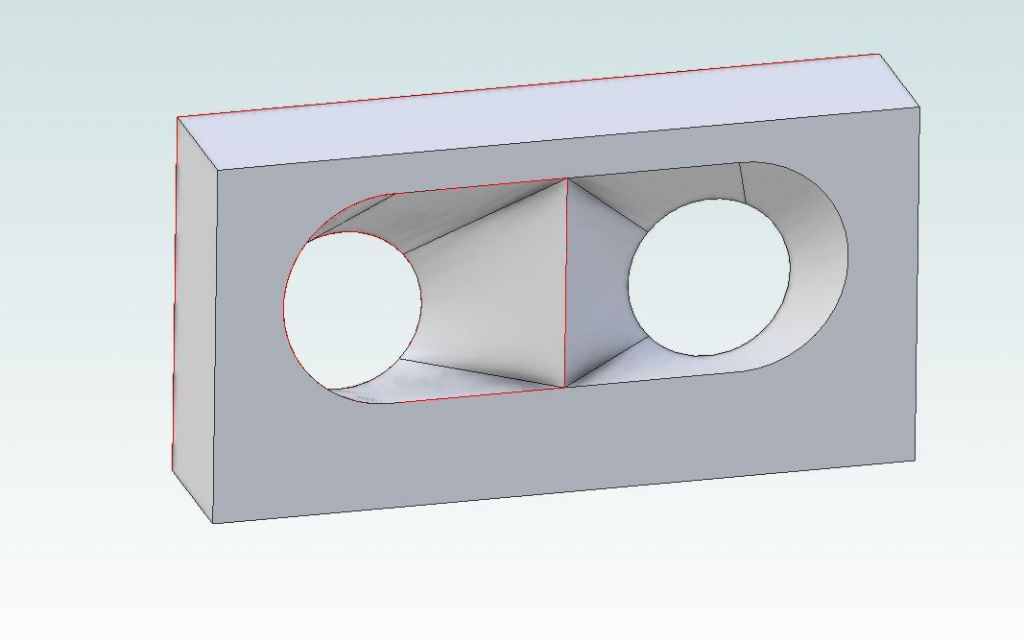Power specifics for naturally aspirated engines are generally very difficult to improve over a level of about 16HP/ litre / per 1000rpm. For forced induction that specific increases to around 25HP/ litre / per 1000 rpm (there are extenuating exceptions to this such as the 'qualifying' engines used in F1 in the 1.5litre F1 era which managed 60+ HP / litre / per 1000 rpm but only for 3 laps! ). Probably the best forced induction engine was the WW2 Napier Sabre H24 series 5 which managed a specific of 31HP/Litre/1000 rpm, this was considered as the pinnacle of the 'Hyper' aero engines. For 2 stroke engines you have to take into consideration the fact that the piston 'works' both above and below the crown so needs to be rated at twice the volume. A Wankel engine works on all 3 sides of the piston but is then geared to 2/3rds crank speed so needs a correction factor of 1.66.
The best 'A' series was the 970 'S' from 1965 – this was a short stroke unit which could be made to rev to 10,000 rpm and gave around 105BHP in race trim (an 850cc variant I built for a race car which ran in the Triplex Saloon car series was dyno'd at 96BHP at 9000 rpm a specific of 12.5 HP/ litre / 1000rpm ) – BL only made 5,000 of these as 'homologation specials' (worth a fortune if you have one ). I ran a 1275 (well 1310 actually) 'S' in rally trim in the late1960's with a Jim Whitehouse 'Arden' 8 port alloy head – fitted with 4 32mm Amal carbs. Given the car was a Group 'C' and was substantially lightened down to around 9cwt it performed sufficiently well to give an Escort Twin Cam or even a BDA Escort a good run for its money. The engine was giving about 130BHP; its 'transient' torque and the response with the multi carbs allowing short intake to valve head was vastly improved over the standard 5 port head, but the gearbox was always a problem even with straight cut de-speeder drop gears, TR bearings for the intermediate drop gear, and a full straight cut 'dog box'. Probably the major reason for my acute deafness now!
Martin
William Harvey 1.









